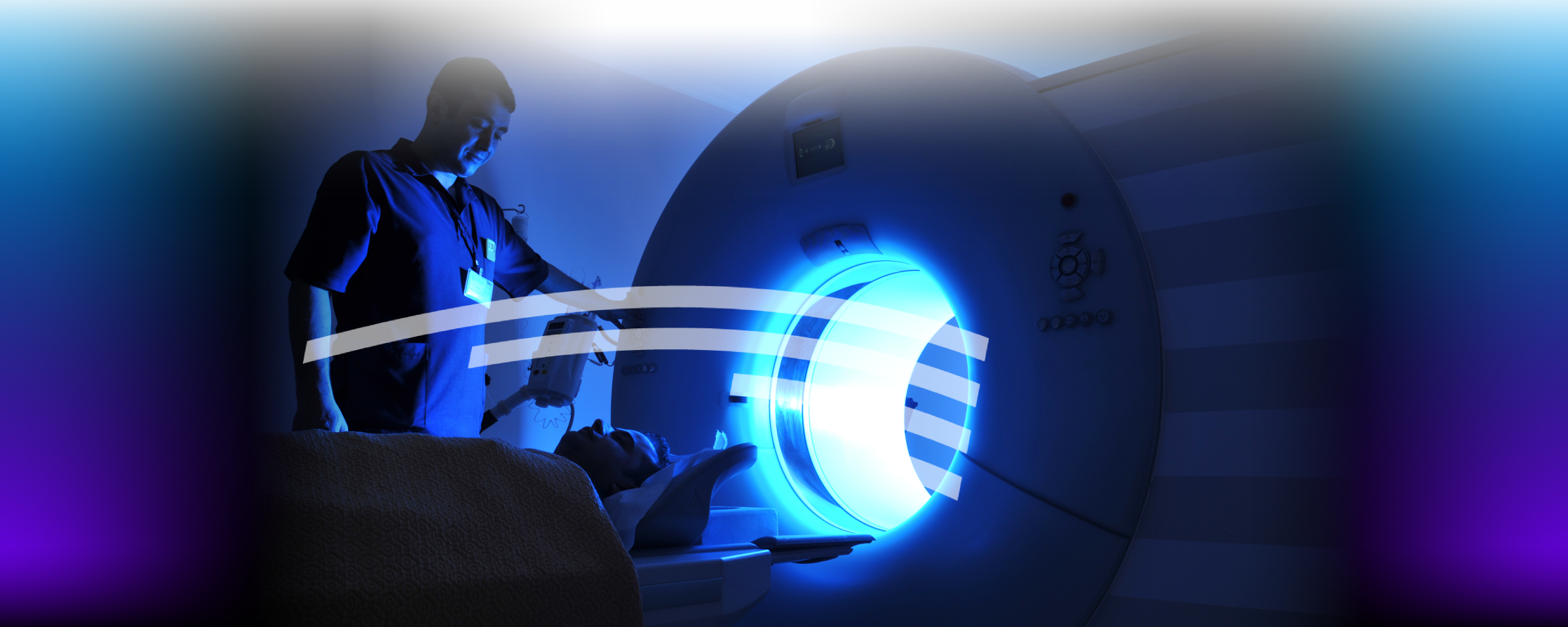Diverse participation in clinical trials can advance medical research and improve community health...
Read More
We understand how stressful it can be to have a potential illness or injury, which is why our experienced imaging technologists and radiologists are here to conduct X-rays when you need them—close to home at all our imaging facilities, including our outpatient AMI at Inspira locations.
X-rays take pictures of the inside of your body using electromagnetic energy and allow physicians to examine your internal tissues, bones and organs. X-rays are quick and painless tests that can show injuries and other conditions such as broken bones, infections, certain types of cancer, blocked blood vessels, digestive tract problems and swallowed items.
During an X-ray, beams of electromagnetic energy pass through your body and are absorbed in different amounts by your bones, tissues and organs. The density of the materials determines how they show up on the X-ray image. Dense materials, such as bones or metal, show up white, the air in your lungs shows up black, and the soft tissue of your fat and muscles shows up as different shades of gray.
Certain types of X-rays require a contrast medium, such as iodine or barium, that can be swallowed or injected into the body. A contrast medium can help produce more detailed images of certain parts of the body, such as the blood vessels or digestive tract.

X-rays can be done on many different parts of the body and may be used in combination with other imaging techniques in certain types of tests. Besides standard radiography, other types of X-rays include:
Our team of imaging specialists will make sure you understand what to expect on the day of your X-ray and inform you of any special instructions you’ll need to follow. For example, certain X-rays may require you to stop eating and drinking beforehand for the best results. Others may require you to drink a contrast material that helps make your internal organs visible on the X-ray. In most cases, your technologist will ask you to remove any metal objects you’re wearing—like jewelry, glasses or a bra with an underwire—before your X-ray.
X-rays take just a few minutes and are painless, though they can be a bit uncomfortable. Your technologist may ask you to stand or lie in different positions to capture comprehensive images. X-rays are taken using a safe level of radiation.
After the exam is complete, the images are sent to your radiologist who uses voice recognition software to interpret them and quickly send them to your physician.
Too much exposure to radiation over time can be bad, but the amount used in one X-ray is not generally dangerous. Technologists may provide you with a lead apron to lay on your lap or another part that is not being scanned so that sensitive areas like your reproductive organs are protected. Children and pregnant people are more at risk for adverse effects from radiation, so if you are pregnant or have a child who needs an X-ray, let your technologist know before the scan.
Our bodies are three-dimensional, but a single X-ray only creates a two-dimensional image. Your technologist takes scans of a few different angles of the body in order to get an accurate picture of what’s going on.
Our state-of-the-art imaging technology and specialty trained, board certified radiologists can be found at all nine locations throughout South Jersey.

Diverse participation in clinical trials can advance medical research and improve community health...
Read More
Atlantic Medical Imaging (AMI), Inspira Health and Regional Diagnostic Imaging (RDI) are proud to...
Read More
If you have had lymph node surgery, especially as a treatment for breast cancer, you may be at risk...
Read More